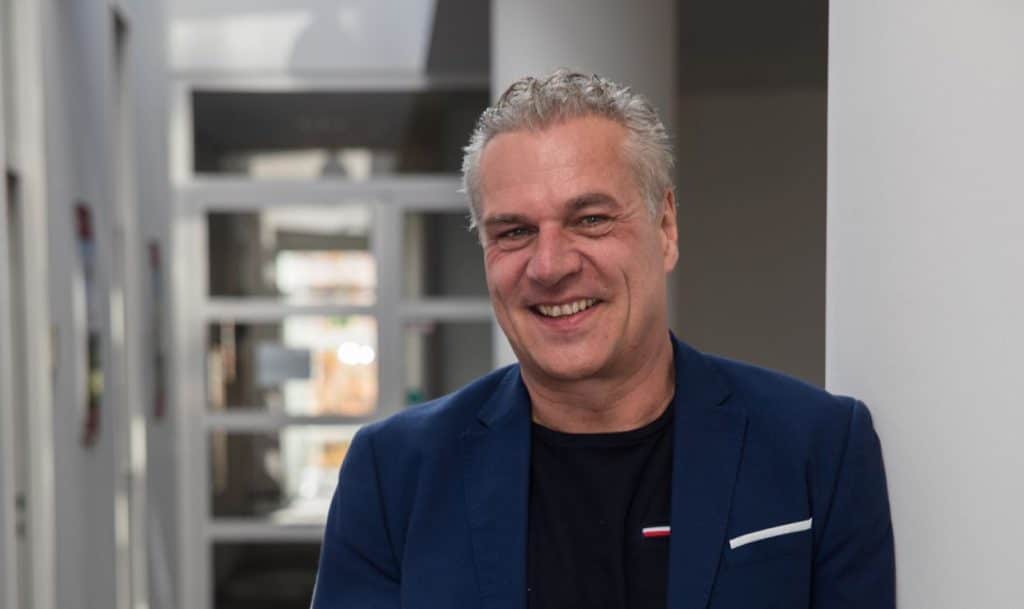A change is taking shape in Europe’s digital economy, and at its center is Hendrik Hey. Known first as the mind behind “Welt der Wunder,” one of Germany’s most beloved science programs, Hey has since evolved into a driving force behind Europe’s Web3 transformation. From television studios to blockchain architecture, his path reflects a deep understanding of how innovation and human creativity intersect.
Through his company, MILC (Media Industry Licensing Content), Hey is building the infrastructure for a new kind of internet, one rooted in transparency, ownership, and collaboration. With new partnerships on the horizon, MILC’s influence is set to expand far beyond media, shaping how industries across Europe and beyond adapt to the Web3 era.
The Evolution of Hendrik Hey
Hendrik Hey’s career began in front of the camera, but his real talent was always turning complexity into clarity. In 1996, he created Welt der Wunder, a groundbreaking science show that made technology and innovation accessible to millions. The show turned Hey into one of Europe’s most recognized science communicators. Over the years, his production work expanded into owning two national television stations in Germany and Switzerland, giving him firsthand experience with the mechanics and inefficiencies of the traditional media landscape.
That realization marked a turning point. What began as a media innovation challenge became the birth of MILC, a company that uses blockchain to fix the very problems Hey encountered throughout his career. From intellectual property rights to transparent licensing, MILC reimagines how content moves through the global economy. Today, it serves as both a working platform and a consulting partner, helping traditional businesses embrace decentralization without losing the reliability of established systems.
Luxembourg and the Blueprint for Europe’s Web3 Future
MILC’s European base in Luxembourg is no coincidence. With its financial stability and progressive regulatory framework, the country has become a launchpad for tech firms seeking credibility and compliance.
Its consulting arm works with enterprises to integrate blockchain solutions that improve operations while meeting strict European standards under frameworks like MiCA and GDPR. That approach resonates with companies seeking not disruption for its own sake, but transformation that lasts.
The strategy is paying off. According to industry forecasts, the European blockchain market was valued at roughly $1.2 billion in 2021 and is projected to reach over $59 billion by 2028. Yet, in Hey’s view, growth without guidance can lead to chaos. MILC’s strength lies in helping businesses find clarity amid complexity. By focusing on legal transparency and operational interoperability, the company positions itself as a stabilizing force in an industry often defined by volatility.
“MILC is the infrastructure layer where immersive content lives, evolves, and, crucially, earns. We are not just building a platform; we are architecting the protocol that will power the immersive content economies of the next decade.”
Web3 Meets Energy
While MILC’s story began in the media, its reach now extends far beyond screens. The company’s collaboration with the ION Power Grid Association (IPG), where Hey serves as vice president, reflects that shift. Together, they’re building something that could redefine how the world consumes energy by building a decentralized system powered by blockchain, artificial intelligence, and real-time data.
The project’s goal is to create energy systems that are not only cleaner but also more transparent. Through smart city simulations and modular energy stations capable of producing up to three megawatts each, MILC and IPG are demonstrating how Web3 principles can apply to real-world infrastructure. It’s not about speculation. It’s about results.
The innovation extends to finance as well. Within the IPG ecosystem, the ION-P token functions as a bridge between producers and consumers, allowing energy to be traded directly and securely. The token connects households, businesses, and industrial networks into one shared framework where data and energy flow together.
Globally, energy demand continues to surge. The International Energy Agency projects that electricity consumption will increase by 4% annually through 2027, driven largely by data centers and digital systems. Meeting that demand sustainably requires systems that are both decentralized and transparent – two qualities built into MILC’s DNA.
From media licensing to renewable energy, Hey has shown how technology can make industries more transparent and inclusive. What unites his ventures is a belief that infrastructure, whether digital or physical, should serve creativity and collaboration, not control them.
MILC’s marketplace is already live. Its consulting services are guiding European firms through digital transformation with real-world use cases. Its partnerships, particularly those within the energy and sustainability sectors, hint at something much larger taking shape. The company’s technology is proving adaptable across industries.
With new partnerships set to be unveiled soon, MILC’s next phase could mark one of Europe’s most significant advances in applied Web3 technology. Each step brings Hendrik Hey’s vision closer to the reality of a connected economy where creativity, sustainability, and ownership coexist seamlessly.
To learn more about MILC’s Web3 Consulting Services and join the forefront of decentralized innovation, visit their website.
About MILC
Hendrik Hey is the Founder of MILC (Media Industry Licensing Content), a pioneering company in the blockchain and metaverse space, with a strong background in media and content. MILC operates a real live metaverse platform that serves not only the media industry but also various industrial use cases. The company also focuses on Web3 consulting, aiming to support complex real-world industries on their way into Web3. MILC is a sister company of European media giant Welt der Wunder, which Hey founded over 25 years ago.
